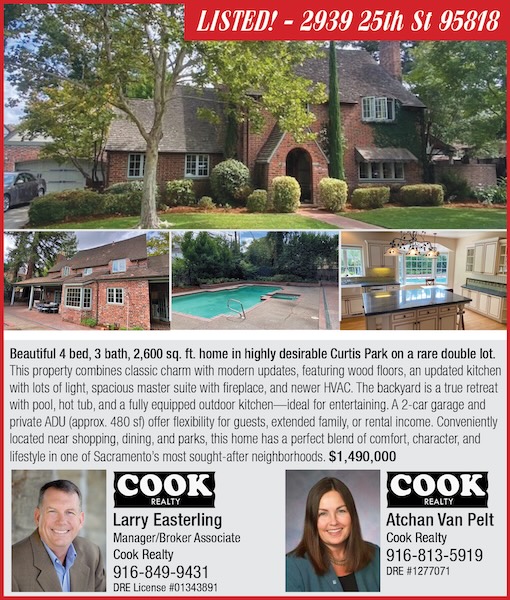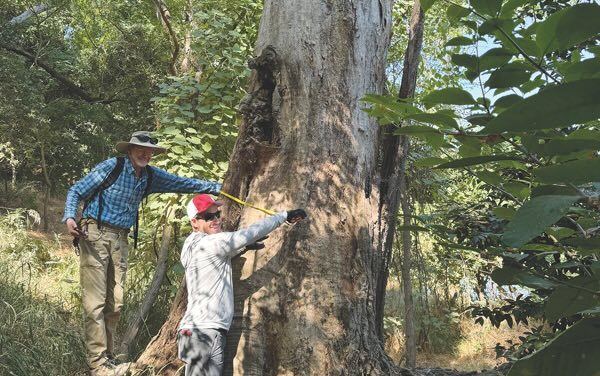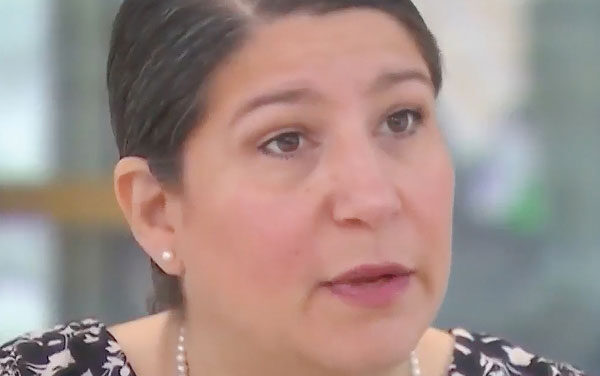
Cathryn Rakich
Editor and Home Design and Pets Columnist
About This Author
Cathryn Rakich has been a writer and editor in the Sacramento area for 35 years, with articles in local, state and national publications. She is also active in the animal-welfare community, volunteering for local animal rescue groups. Her latest endeavor is as a ceramics artist.
Articles by this author
What’s It Going To Take
Buttercup lives on a 3-foot tether in a homeless camp near Downtown. The tan, mixed-breed dog is 3 years old. She’s had three litters—24 puppies.
Buttercup is one of three dozen dogs who have lived and died in a lineup of tattered tents off Highway 160 over the last three years.
In that time, 155 puppies were born. Forty-nine died, 65 were sold or traded, 25 are gone.
“Gone means the puppies just disappeared,” Debbie Tillotson says.
Animal Oust
North American river otters forage, hunt and play along the lower American River. Coyotes trot along the biking and hiking paths. Western pond turtles sunbathe on logs.
Mule deer seek camouflage in meadows of sedge grass and willow trees. Wood ducks nest and hide in wooden groves.
Fox, jackrabbits, muskrats, opossums, raccoons, beavers and skunks find refuge. Hawks, eagles, egrets, herons, owls and cormorants are among the more than 200 bird species.
The parkway’s “river-rich basin, coupled with marshes teeming with life, provides vital habitat for hundreds of birds, mammals, amphibians, reptiles and fish,” reports the California Department of Fish and Wildlife.
Read More‘Not Giving Up’
Destruction of miles of riparian habitat, including hundreds of trees, along the lower American River is scheduled to begin this fall.
The Central Valley Flood Protection Board approved the U.S. Army Corps of Engineers’ latest erosion-control project, despite pleas by engineers, biologists, scientists, geologists, professors, environmentalists and community activists to rethink the devastation.
Contract 3B stretches from the Howe Avenue bridge to east of Watt Avenue. The erosion-control work is part of the Corps’ plan to protect the city from floods.
Bulldozers will demolish as many as 700 trees, including 300-year-old oaks, and established vegetation. Trucks will deposit tons of jagged rock and rubble along the banks and into the water. The river’s south and north sides will be fenced for equipment staging.
Read MoreUnder Her Watch
Kennel floors covered in excrement. Beds and blankets crusted with diarrhea and vomit. Water bowls lined with green slime.
Animals languished in squalid and inhumane conditions without relief under the leadership of Staycee Dains, then-general manager of Los Angeles Animal Services, according to reports from a national animal welfare organization.
Now Dains is shelter operations manager at Sacramento city’s Front Street Animal Shelter.
Dains held leadership positions at animal shelters in Pasadena, Santa Cruz, San Jose, Long Beach and Ohio. In 2023, she was named general manager of Los Angeles Animal Services, overseeing six LA city shelters.
Read MoreDisturbing Allegations
Under Philip Zimmerman’s leadership over the last five years, the city’s Front Street Animal Shelter has ignored spay/neuter laws, increased euthanasia, turned away unaltered stray animals and let hundreds of animal control service calls go unanswered.
A recent city audit also cites a lack of a community spay/neuter program, overcrowded kennels, unfinalized policies, uncollected fees and low employee morale.
Now, Zimmerman has hired Staycee Dains to run Front Street’s shelter operations.
Dains, previously with Long Beach and San Jose animal shelters, was named general manager of Los Angeles Animal Services in 2023, overseeing six LA city shelters.
Read More













